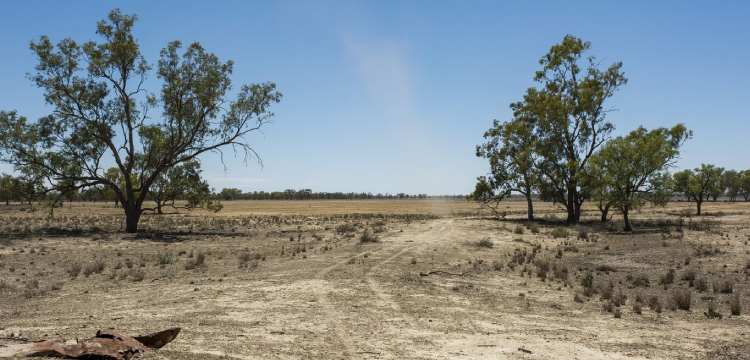Australia is a land of contrasts, featuring every climate, from steaming rainforests to arid deserts and temperate coastal regions. In this vast and diverse landscape lies further subdivision into a number of climate zones, each having distinguishing features.
It basically has high temperatures all year round, coupled with very low-temperature variation between seasons. The tropical climate is also marked by having distinct wet and dry seasons. The wet season occurs from November to April, with heavy rainfall, high humidity levels, and occasionally even a tropical cyclone.

The Australian climate is dominated by an arid zone, which accounts for about 70% of the country. Low rainfall characterizes the arid zone; high evaporation with large daily temperature ranges. Annual rainfall in such areas usually will be less than 250 mm. In contrast, the temperature can be more than 40°C during summer. Within the arid zone, there is the famous Australian Outback, with its huge expanses of red desert, thin vegetation, and bizarre geologic formations like Uluru (Ayers Rock).

It includes the Australian temperate zone and features a southern part of the continent: most of New South Wales, Victoria, Tasmania, and parts of South Australia and Western Australia. This is a region with moderate temperatures, sharp seasonal changes, warm summers, cool winters, and rather uniform precipitation throughout the year.
For most temperate zone people, it offers a more tolerable climatic zone with average summer temperatures sticking around from 20°C to 30°C and an average temperature of 5°C to 15°C during winter.
Sydney, the largest city in Australia, is located on the temperate coastline with mild weather conditions and popular landmarks like the Sydney Opera House.
Melbourne is very much associated with high cultural diversity and unpredictable weather, often described as having "four seasons in one day."
The temperate zone forms the most densely populated area in Australia. This zone contains most towns and cities that have high agricultural output. The climate allows this zone to involve all kinds of crops, from grains to fruits and vegetable crops. This is also one location where combining the beauty of nature with the attractions of the city makes it one of the important places, rather than areas, where most of the tourists go to.
The subtropical zone extends along the eastern coast from southern Queensland to northern New South Wales. The climate zone has very hot and humid summers, yet winters vary from mild to warm. It receives high rainfall, particularly during summer, in association with thunderstorms and occasional cyclones.
The average temperature in summer ranges from 25°C to 35°C, while in winter, the temperature is usually between 10°C and 20°C.

It is parts of southern and southwestern Australia, including areas of Perth and Adelaide. This zone shows the features of hot and dry summers and cool, wet winters. The climate somewhat resembles that of the Mediterranean region of Europe.
Summer temperatures during this summer period are often above 25°C, sometimes even reaching 35°C, while the winters bring temperatures of 5°C to 15°C. Annual rainfall is focused on the winter months.
The various climate zones that Australia has spread within its continental territories create a rich tapestry of environments with characteristic features, each being specific and very important in its own right. From the tropical north to the temperate south, and from the arid interior to subtropical and Mediterranean coastal areas, knowledge of these climate zones can help in the appreciation of the variety and beauty of the Australian landscape.